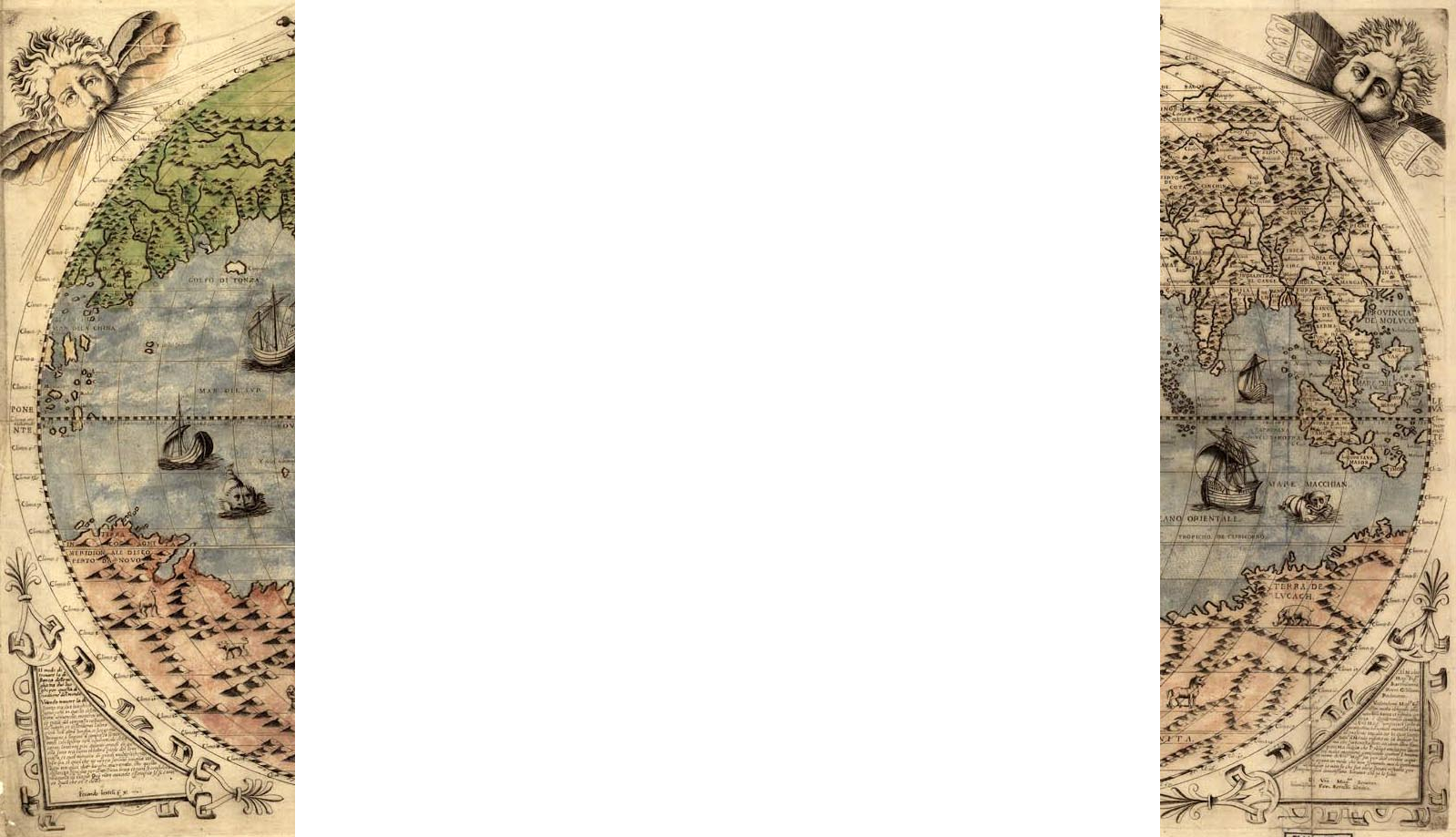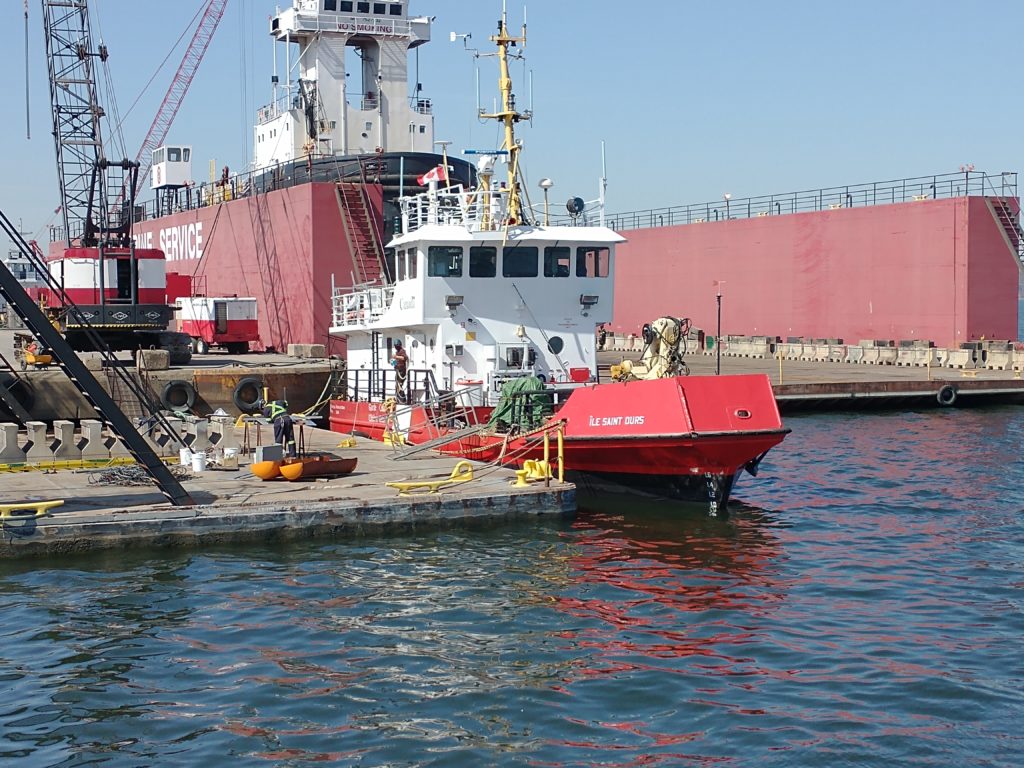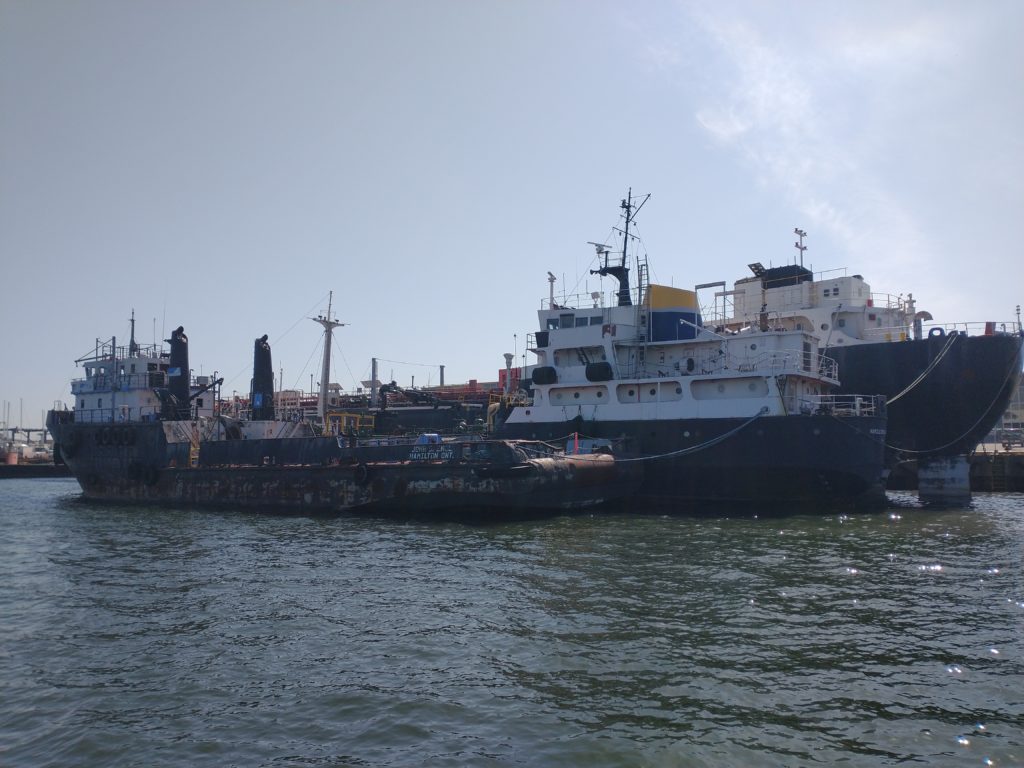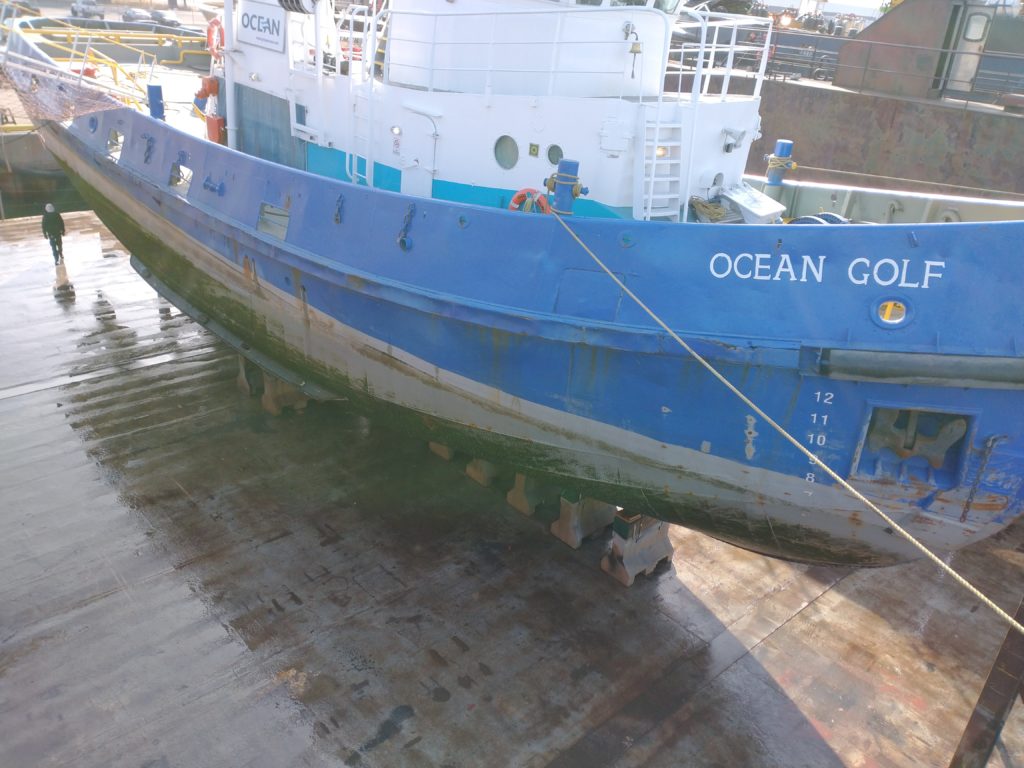Several weeks ago, I did another trip to the Heddle Drydock in Hamilton Harbour. I was working with the same Captain who I worked with most of last year, and he had a lot of interesting things to tell me about some of the ships that are laid up next to Heddle drydock for disposal, and I would pass the knowledge along.
First thought is something I’ve wanted to share for a while- I’ve just failed to get decent photos. And these photos are the best ones I’ve managed to get yet. Unfortunately, when we sail past (and I remember) it’s usually afternoon and so the glare makes it difficult.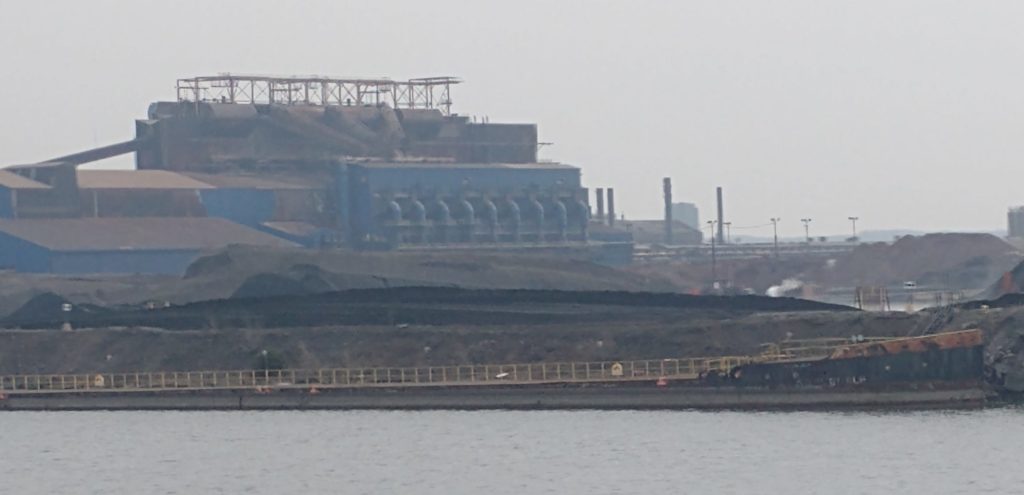
These photos were taken on two different weeks but they are of the same thing. That is, the hulls of three old “Canallers” that were sunk to be part of the harbour wall by Stelco (or Dofasco, i can’t remember which is which). Canallers are old freighters that were built to transit the previous Welland Canal, prior to the opening of the current one. They are much smaller than modern Seawaymax ships, let alone the really big lakers. if you get close enough, you can actually read the names off the hulls- alas I forget to do so every time we pass close. Often the photos I get are terrible since when we pass in the afternoon, the sun is in *exactly* the wrong spot.
Here is the Ile Saint Ours, a small Canadian Coast Guard buoy tender that is similar to the Caribou Isle and Cougar Isle which are based in Ontario. It usually has a crew of 5, and has short-range assignments.
These are very interesting. The ship on the left is the former tug John Spence, which used to be a McAsphalt tug pushing their big barges and has been replaced by their “new” tugs like the Everlast, which I’ve shown before. John Spence, the namesake, was a Canadian Coast Guard inspector several decades ago. Next to it is the former Hamilton Energy, which was until several years ago the tanker in Hamilton harbour- now replaced by the Sterling Energy, the current tanker (which I’ve shown before). The hulk next to that apparently was known as the “Terminal”, and was the oil hulk which held the fuel for the Hamilton Energy. It has now been replaced by tanks on Pier 24 as part of the McAsphalt installation there.
Here are several photos of the Ocean Golf, one of the tugs I work on (although less, the past couple of seasons). It was built in Scotland and came over to Canada where the wheelhouse was completely redone by Ocean in a more modern style (And not at all for the better). It’s a twin-screw tug- and is the longest of our tugs by 5 feet. I was very much surprised by its lines under the water- I expected it to be finer/narrower- and with much less counter- I forgot how short the engineroom is compared to the deck, and that both the rudders and props are under the counter. She’s very much wider up forward than I thought it would be.
This view shows that the rudders are very slightly set inboard of the propellers.
And here’s a ‘progress’ shot of the Wilf Seymour, a McKeil tug that was in drydock at the same time as the Gauthier and the now the Golf (she’s now back in the water and going again, as of when this was published). In this photo, you can see that the prop units have been installed with the kort nozzles, and that they had started to plate over the gaps. Ship plating is both fine, precision and brute force work.
And the final photo today is of the Gauthier towing the John D Leitch under the lift bridge into Hamilton Harbour (through the Burlington Canal). The Leitch was on her way to Thunder Bay to pick up the first cargo of the season and ran into some major engineering issues, and had to be towed back to Hamilton. Sufficiently serious engineering issues that they laid off most of the crew, and have since towed her to Port Weller, to go into the drydock there.
